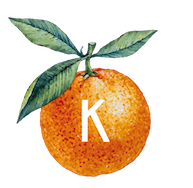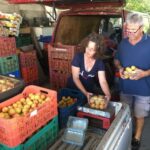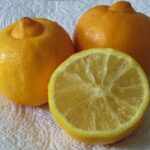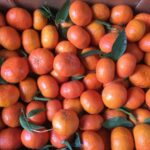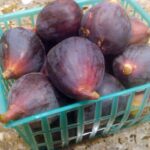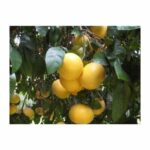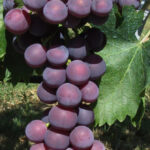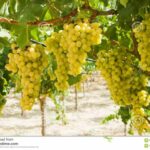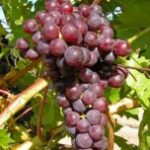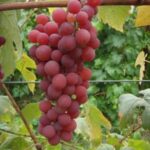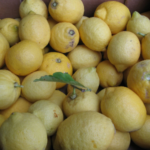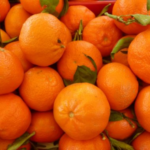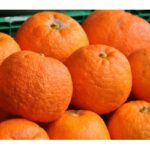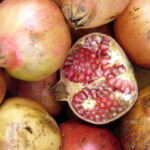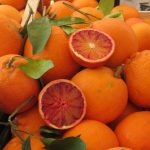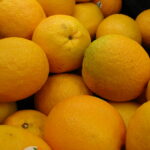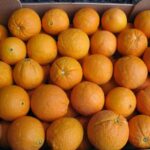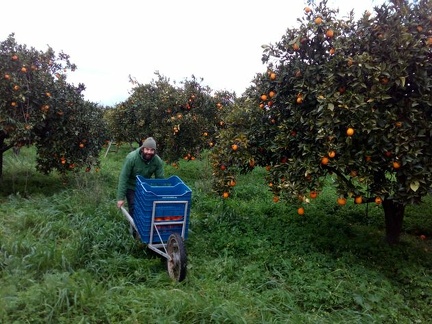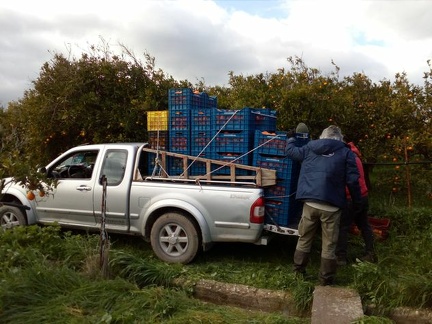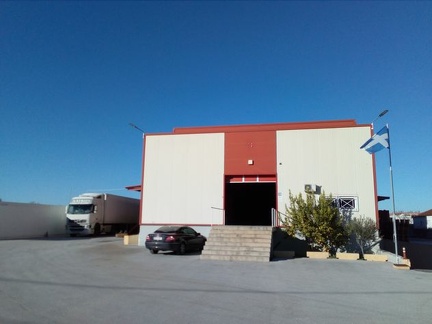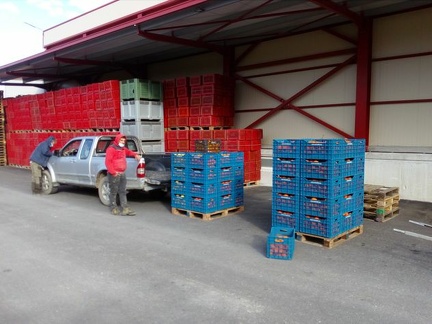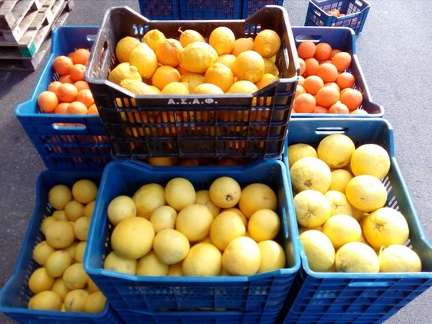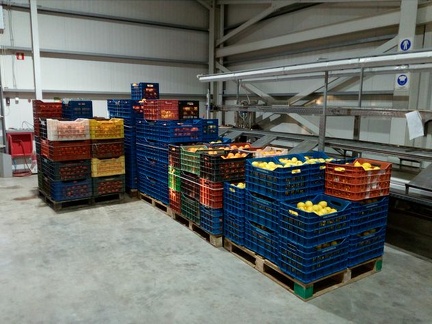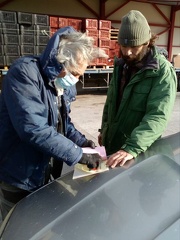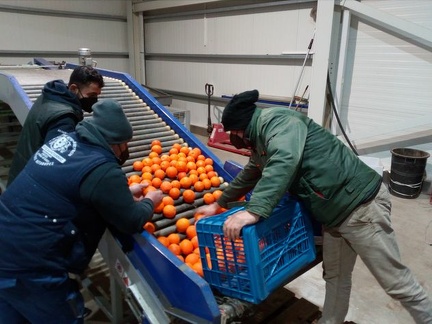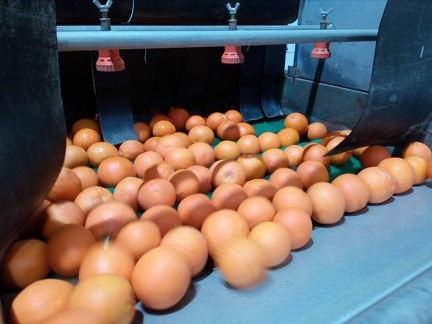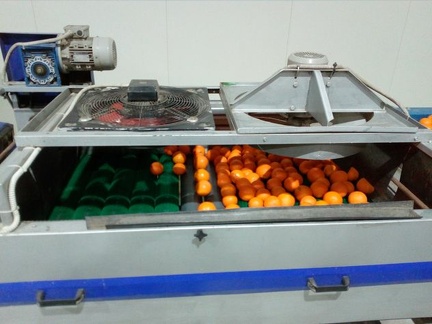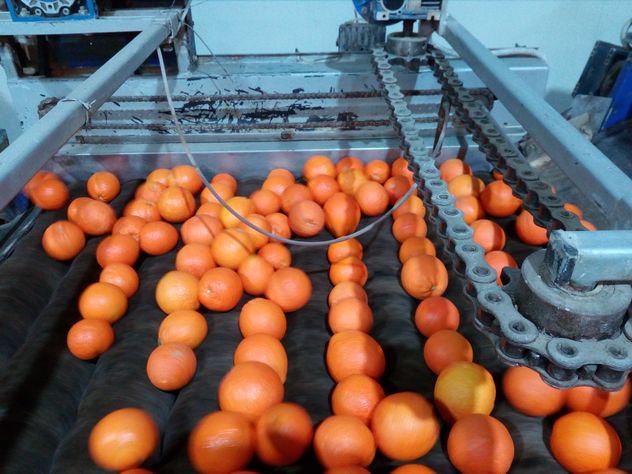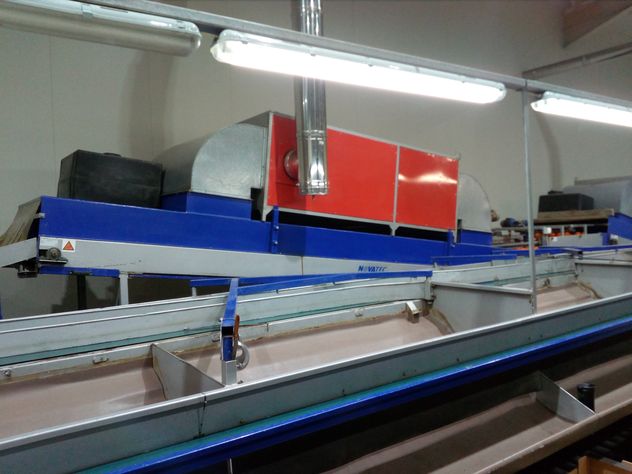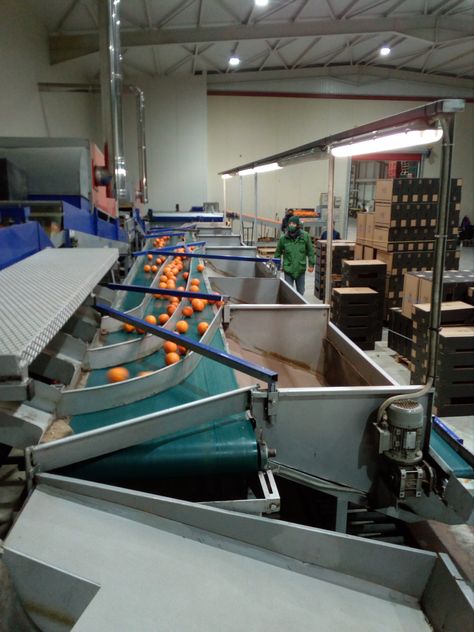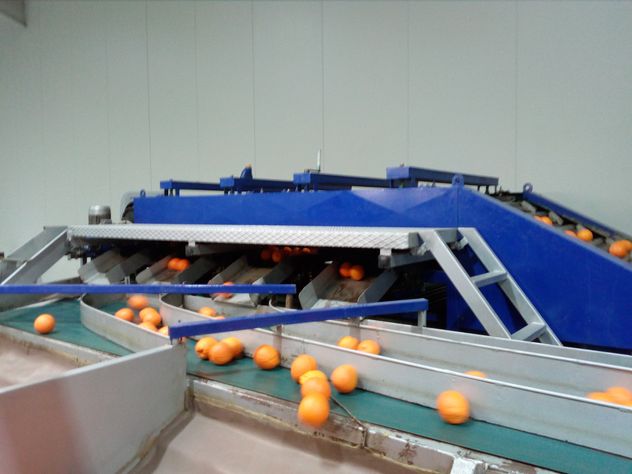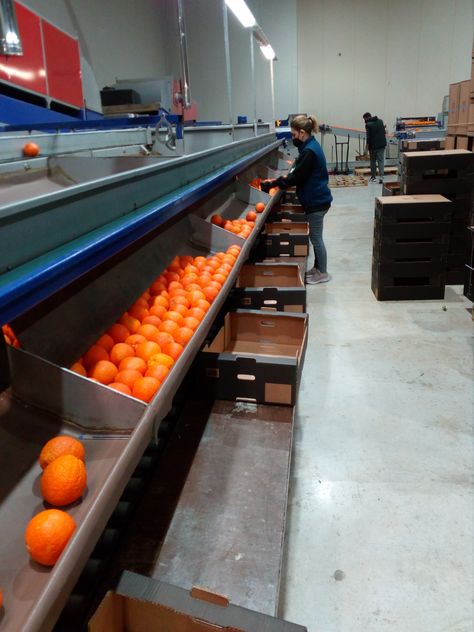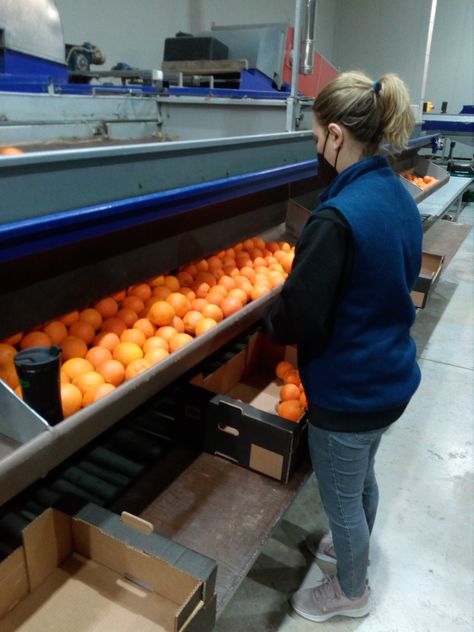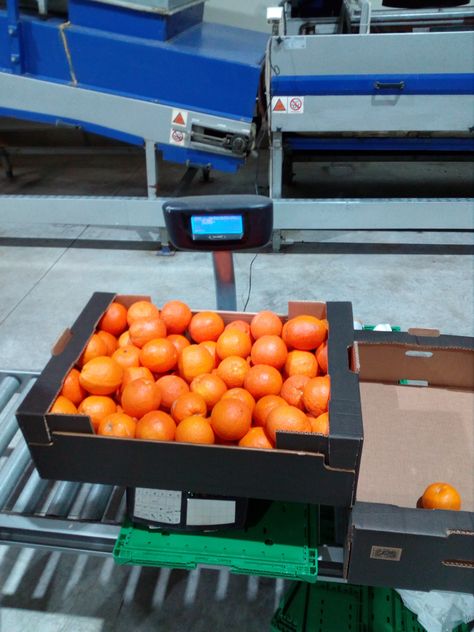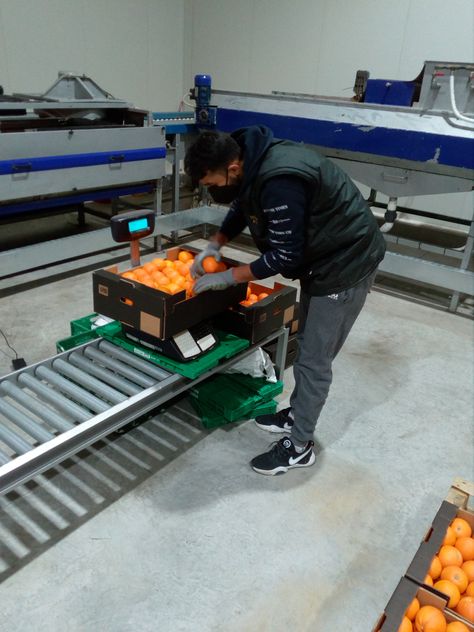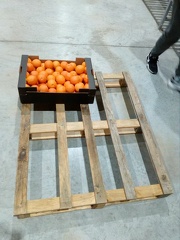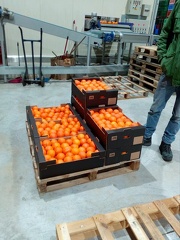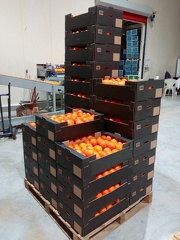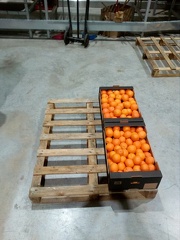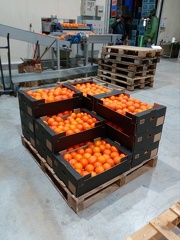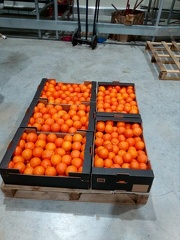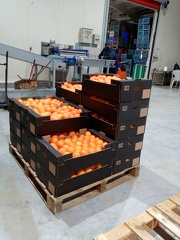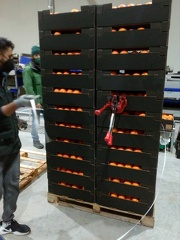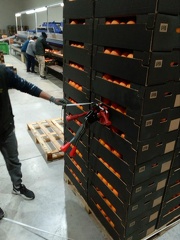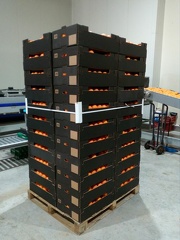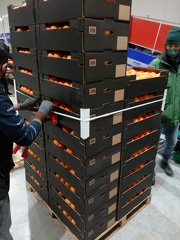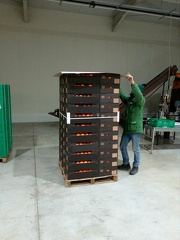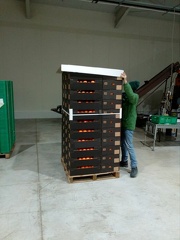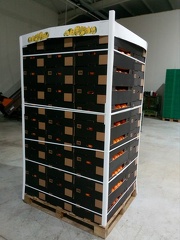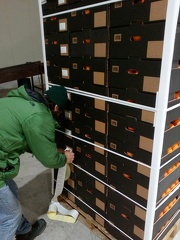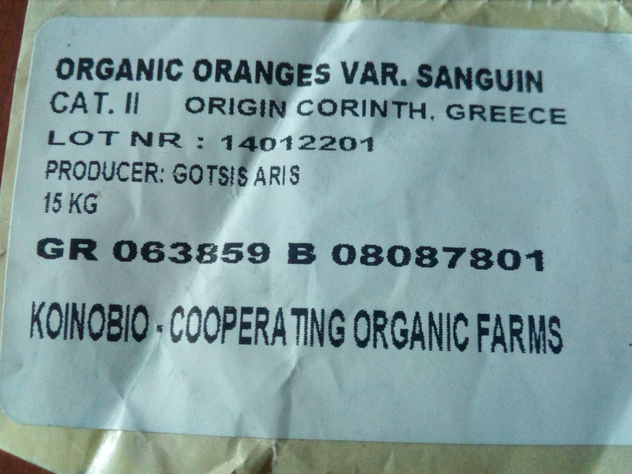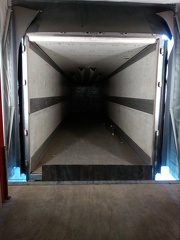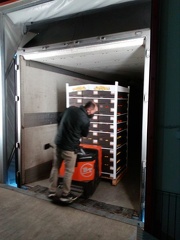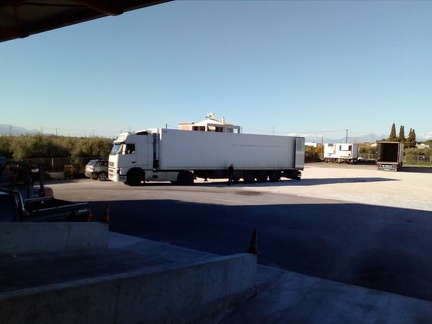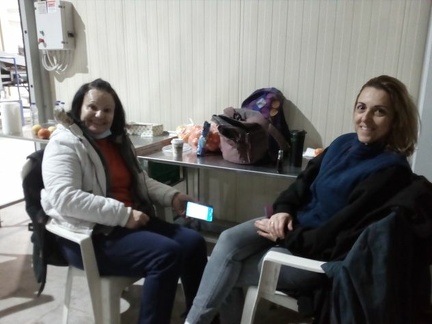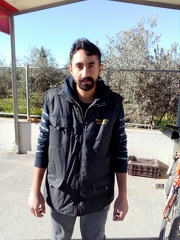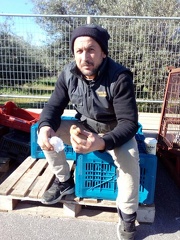Variety: Citrus bergamia
A fragrant citrus fruit the size of an orange, with a yellow or green color similar to a lime, depending on ripeness. Genetic research into the ancestral origins of extant citrus cultivars found bergamot orange to be a probable hybrid of lemon and bitter orange. Extracts have been used as an aromatic ingredient in food, tea, snus, perfumes, and cosmetics. Use on the skin can increase photosensitivity.
Variety: Citrus clementina
Clementine is a citrus fruit hybrid between a willowleaf mandarin orange (C. × deliciosa) and a sweet orange (C. × sinensis), named in honor of Clément Rodier, a French missionary who first discovered and propagated the cultivar in Algeria. The exterior is a deep orange colour with a smooth, glossy appearance. Clementines can be separated into 7 to 14 segments. Similar to tangerines, they tend to be easy to peel. Their oils, like other citrus fruits, contain mostly limonene as well as myrcene, linalool, α-pinene and many complex aromatics. Super sweet, fresh, juicy and (almost) seedless 🙂
Variety: Maglino
Thick skinned, fleshy and very juicy !
Varieties: Citrus reticulata var. Encore, Nova, Chiotika
Nova mandarines are seedless fruits containing more fibers than Clementine. Perfect for juices! Encore mandarines are coming late in the season. Super juicy and sweet, they can be kept longer in the fridge than any other. Chiotika is a old variety from Eos Island with a very particular and strong flavor.
Variety: Bigarade
Varieties : Moro, Tarroco
These oranges are sweet, juicy and very savoury. The red color varies depending on the season and variety (Moro are redddish outside and blood-red inside, while Tarroco are orange outside and light-red inside). It comes from the anthocyanin pigment. They have a high ratio of vitamin C.
Variety : Valencia
Smaller Oranges with thin skin, very juicy, less sweet than Winter Oranges.
Varieties : Merlin, Navel, Navelin, New Hall, Lane Late
Thick skinned, no seeds. Very sweet and juicy, perfect to eat, juice or in your cooking, jam, marmelade, jelly etc.
From Picking to Packing to Shipping : the journey from the tree to your mouth
Oranges for the Brussels January delivery were picked on Wednesday 12, January 2022, packed and loaded in the truck the following Friday. Nico from the Brussels group was here this week and documented the successive steps :
Step One - The Picking
Picking the fruits involves a deal of pleasant things, like tasting a couple of fruits on each tree where oranges look nice, walking around amongst the amazing colors and smell, then letting your hands feel for the size and softness of these god-given spheres and slowly let your spirits wander around in the wind and trees while your hands do the job.
It also involve less pleasant parts, mostly pushing the 6-crate cart from the far end of the farm to the path. Each crate is 20 kilos, and if Antonis hadn’t had his 9-crate stolen from him… Good breathing exercise can’t be bad, can it ?
Step Two - The Stacking
Antonis and Nico picked 48 creates this morning, that were added to 11 grapefruit crate and 6 crates of bergamotes. Altogether 65 crates that had to fit on Dimitris pickup truck, which requried experience, some fixing when the top boxes got tipped over by some lower branches and a bit of blood pressure control 🙂
Now en route for the packing house
Let the boxing begin!
Here Katarina’s experience is the key: all fruits are placed by hand into the box, fitting them closely and neatly in without of course pressing them to much to avoid spoiling them.
A last selection is done here as well, to get rid of damaged fruits, too small ones, or fruits that do not look so good for some reason.
That’s all Folks! Any question ? You can reach us here!
Visit our online gallery to watch the whole process for Brussels’ January delivery!
